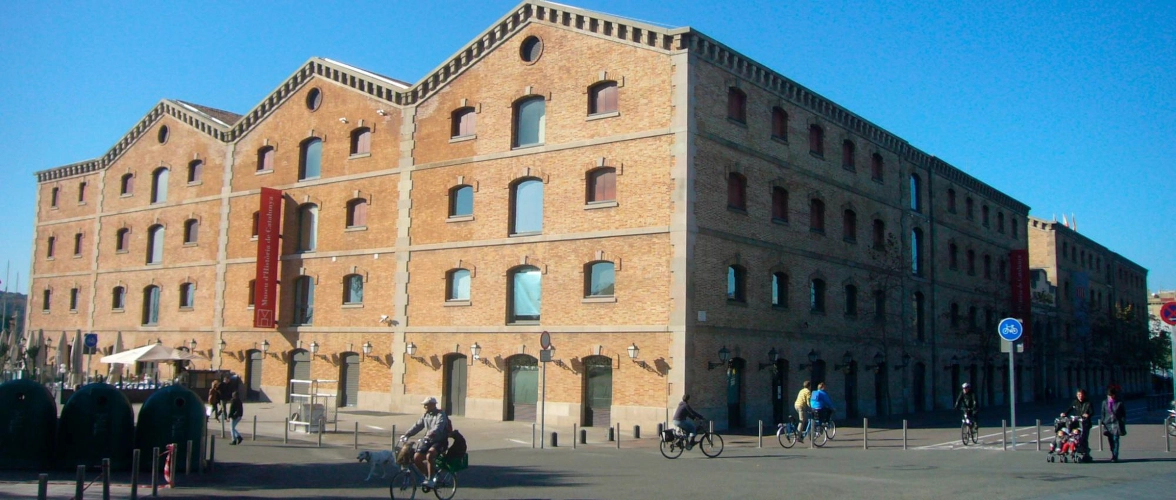User identification
Request received correctly
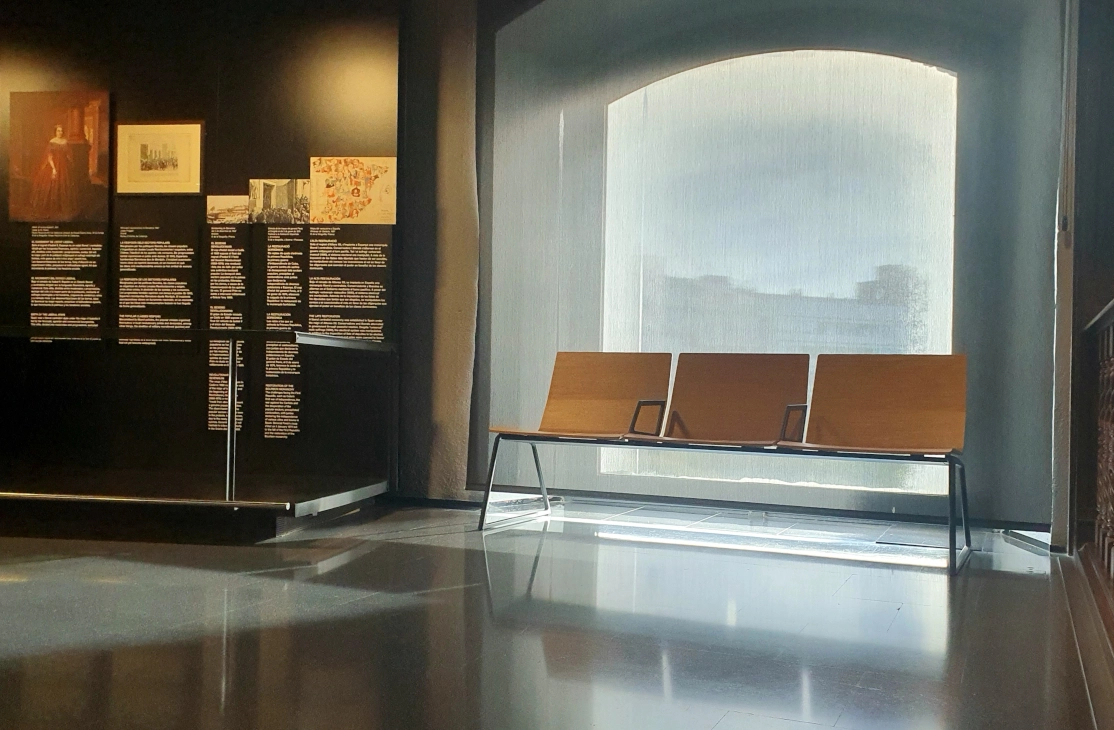
The BILDU Bench designed by Mario Ruiz for Sellex equips the permanent exhibition of the History Museum of Catalonia in Barcelona (Spain). The museum, which celebrated its 25th anniversary in 2021, found it necessary to renovate its facilities to adapt to cultural, economic and social changes. The third floor (17th century to the present day) was the first to be remodelled to continue with the rest in a staggered manner.
The new presentation incorporates an inclusive discourse and gender perspective, as well as a museography aligned with accessibility and respectful of functional diversity. The aim was to enhance an emotional and playful experience by improving the interactive and manipulative modules. To this end, a multidisciplinary work team was created, coordinated by the curator Teresa Rodon.
The people who take this journey through time can rest on any of the 16 BILDU Benches with black frames and natural oak shells that equip the educational installation. The 2 and 3-seater benches with intermediate armrests are located both in the entrance lobby and accompanying the different modules.
A history museum with a lot of history
In addition to its educational function, the Museu d’Història de Catalunya can boast a past marked by the key dates of Barcelona. The building known as the Palau de Mar was designed in 1881 by the engineer Maurici Garrán, who was inspired by the English port buildings of the time. The incorporation of lifts and conveyor belts, among other innovations, earned it recognition for its modernity.
Today it is the only remaining building in the old industrial port of Barcelona. It was not until the 1992 Olympic Games, when, as part of the city's urban improvement measures, it was decided to restore the exterior elements of the building.
Subsequently, in 1994, the architects Josep Benedito i Rovira (RQP) and Agustí Mateos i Duch designed the complete restoration of the 12,336 m2 of the building, combining the port tradition with the dynamism of contemporary architecture. This dialogue between the old and the new can be seen not only in the museum itself, but also in its auditorium, multi-purpose spaces and meeting rooms for hire. And, of course, in the restaurant and terrace on the top floor, where you can enjoy privileged views over the port and the city of Barcelona.
Other news
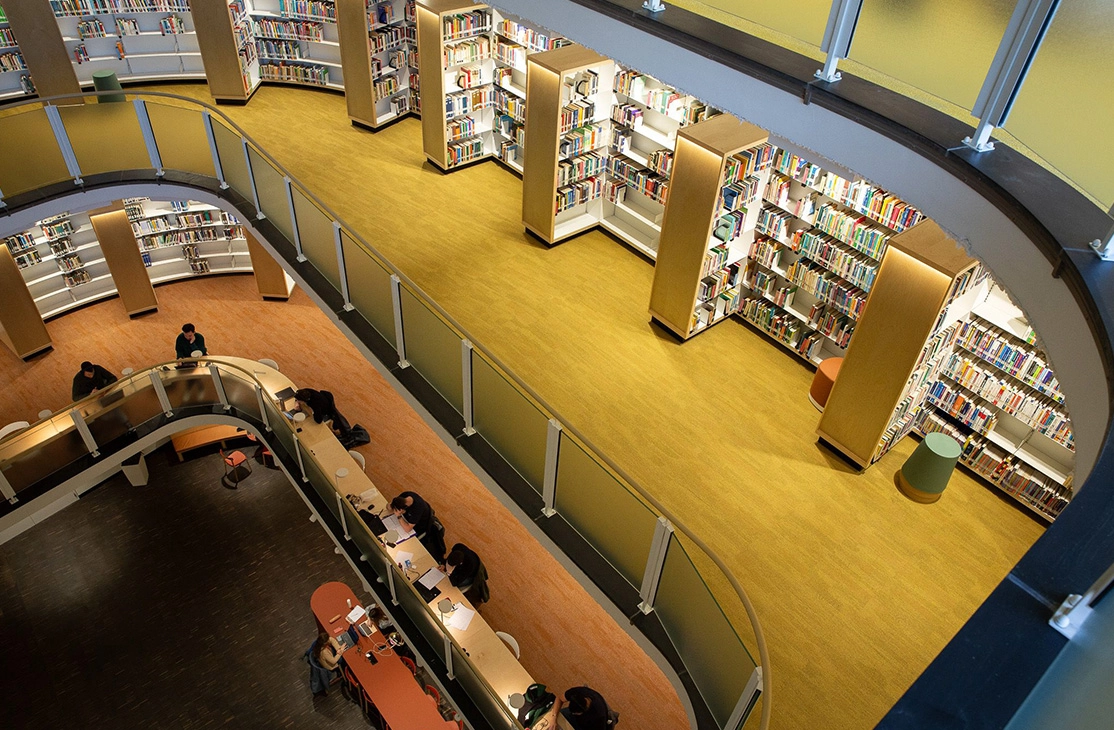
Campus Opera, a library loaded with heritage value
- 17.04.2024
- VIEW NEWS
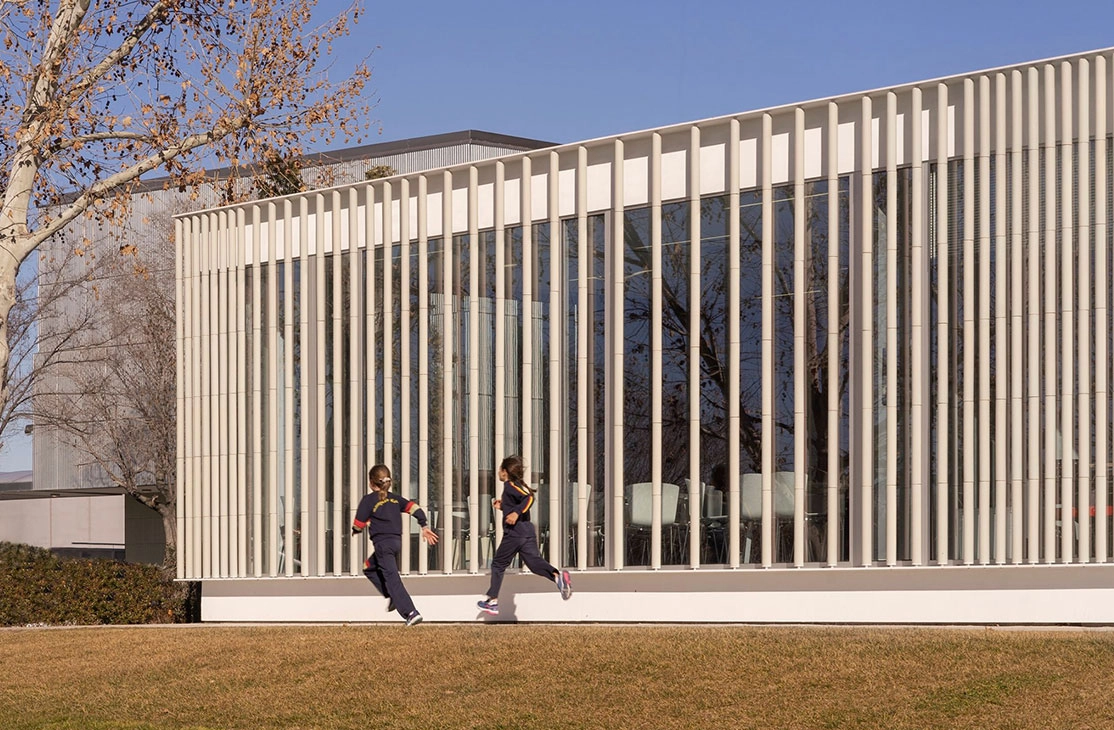
Runnymede College, when academics are transferred to architecture
- 24.10.2023
- VIEW NEWS
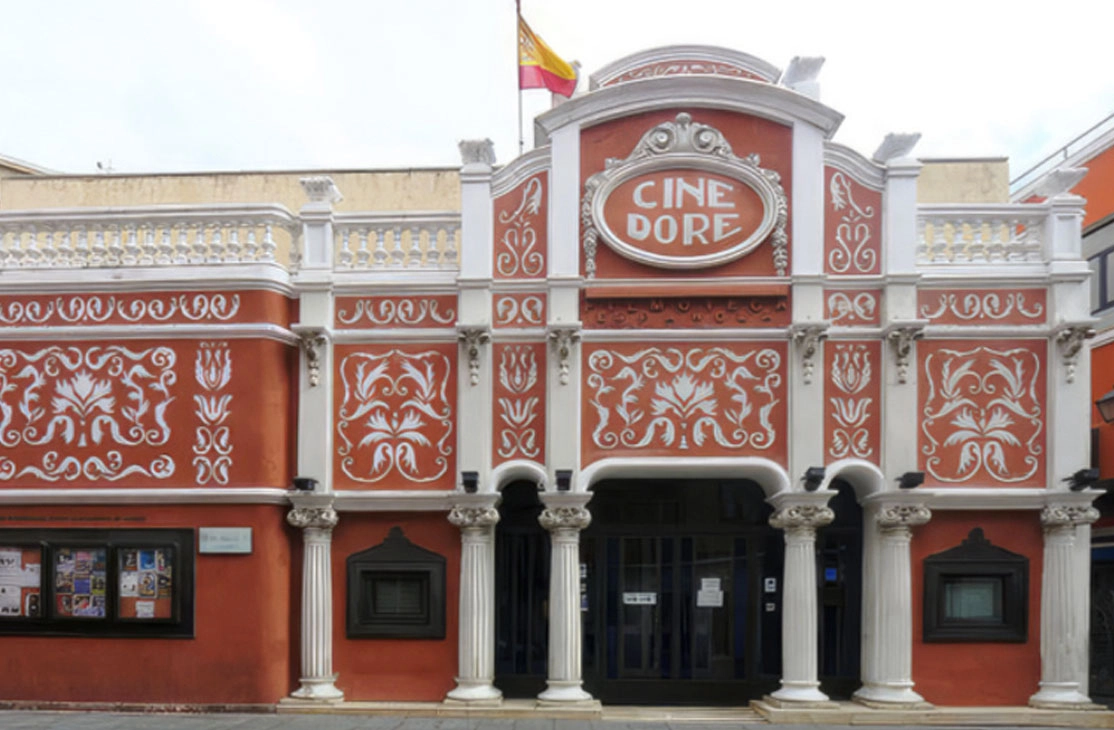
Open-air summer cinema with the MASS Chair
- 13.09.2023
- VIEW NEWS

